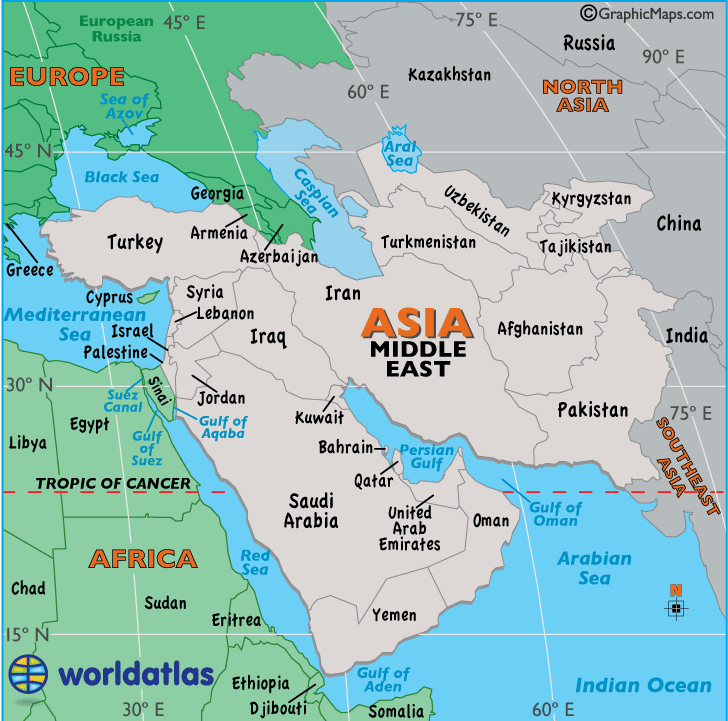US Secretary of State Condoleezza Rice is talking about a new Middle East, but it may not be the Middle East she is trying to give birth to. Moderate and conservative Sunni Lebanese, Palestinian and Arab Gulf sources agree that by standing up to Israel Shiite Hezbollah has already succeeded in presenting itself as political and ideological leader in the Arab and Moslem world.
This intervenes as the Middle East region now looks to be falling into two axes:
The first one includes the United States, Saudi Arabia, Egypt, Jordan, Israel and the Palestinian Presidency, while the other one includes Iran, Syria, Hezbollah, Hamas and the Muslims Brotherhood.
A Muslims Brotherhood source says the movement is now giving a political and religious support for Hezbollah and Hamas in the face of the Saudi Wahhabi religious establishment which traditionally forbids siding with Hezbollah.
For the first time in history, some conservative Wahhabi scholars take the initiative to defend Hezbollah and the Shiites against fatwas issued by other prominent Wahhabi scholars, including Sheikhs Ibn Jibrin and Abdulmohsen Al-Obeikan. Saudi Salafi reformists have also called to support Hezbollah.
Saudi sources think the ruling Al-Saud family has begun feeling worried that Hezbollah is winning some support within the Wahhabi religious establishment. It cannot afford any rapprochement between the Salafi movement and the Saudi Shiites.
Besides, the Muslim Brotherhood position gives the Islamic groups the opportunity to join forces with liberal, national and secular groups against their regime. This in turn helps expand the circle to include Islamic groups in Indonesia, Malaysia and Pakistan.
A Salafi radical source from Jordan says Al-Qaeda leader number 2 Ayman Al-Zahawiri shocked the Salafi Jihadi groups by calling the Shiites and Sunnis to join forces to fight Israel and the United States.
Although Iran and the Shiites ignored Al-Zawahiri’s call, his position affected the Salafi movement. In Saudi Arabia, there were mixed reactions, while in Jordan and Palestine, the reactions were almost positive.
A Saudi source says Hezbollah’s resistance against Israel has turned the balance upside down. The Sunnis were expected to rally behind Saudi Arabia, Egypt and Jordan to fight the “Shiite crescent” that stretches from Iran to Lebanon through Iraq and Syria. Instead, they joined forces with Hezbollah and Hamas within the context of an Islamic crescent opposed to the American and Israeli presence in the region.
Free

Friday, August 04, 2006
Middle East: "The Islamic Crescent"note
Subscribe to Newsletter
Join 5,000+ Experts in Defense, Energy, and Government Sectors.


